The problem statement clearly says that the first input parameter is the number of nodes and the second parameter is the probability p that an edge exists between any 2 nodes.
What you need to do is as follows (Updated to amend a mistake that was pointed out by @user17732522):
1- Create a bool matrix (2d nested array) of size n*n initialized with false.
2- Run a loop over the rows:
- Run an inner loop over the columns:
- if row_index != col_index do:
- curr_p = random() // random() returns a number between 0 and 1 inclusive
- if curr_p <= p: set matrix[row_index][col_index] = true
else: set matrix[row_index][col_index] = false
- For an undirected graph, also set matrix[col_index][row_index] = true/false based on curr_p
Note: Since we are setting both cells (both directions) in the matrix in case of a probability hit, we could potentially set an edge 2 times. This doesn't corrupt the correctnes of the probability and isn't much additional work. It helps to keep the code clean.
If you want to optimize this solution, you could run the loop such that you only visit the lower-left triangle (excluding the diagonal) and just mirror the results you get for those cells to the upper-right triangle.
That's it.
